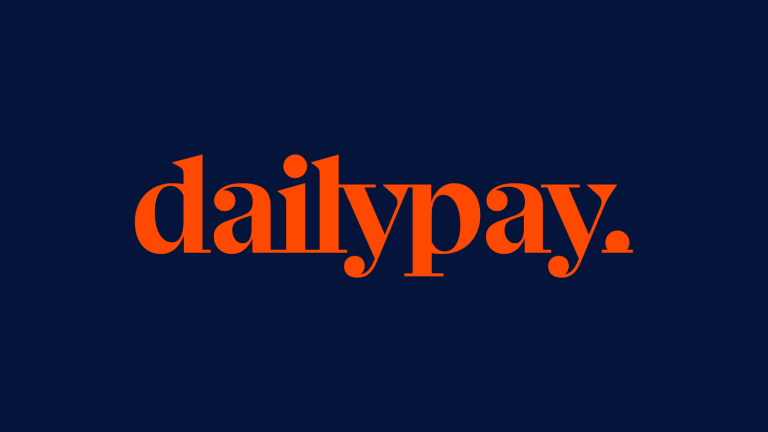How Earned Wage Access Can Change the Game for Paycheck-to-Paycheck Families

With 60% of U.S. consumers now living paycheck to paycheck, PYMNTS examines the latest support for using real-time payments and instant payroll as a vital tool to help consumers manage their cash flow more efficiently without tapping into short-term credit.
PYMNTS interviews Rob Nardelli, director of commercial banking and business development at DailyPay, about how earned wage access (EWA) can help households avoid the high risk of payday lenders.
—
![]() Paycheck-to-paycheck households find themselves in a precarious financial situation for a host of reasons, but the economic conditions of the past several years have made matters even worse. The pandemic’s catastrophic effects on employment forced many families to burn through their savings to make ends meet, and high rates of inflation have left many with lower wages than they had before.
Paycheck-to-paycheck households find themselves in a precarious financial situation for a host of reasons, but the economic conditions of the past several years have made matters even worse. The pandemic’s catastrophic effects on employment forced many families to burn through their savings to make ends meet, and high rates of inflation have left many with lower wages than they had before.
“Some 37% of Americans lack enough money to cover a $400 emergency expense, up from 32% in 2021. About 58% of all Americans are now living paycheck to paycheck, according to CNBC’s Your Money Financial Confidence Survey.”
Paycheck-to-paycheck households are still subject to the same unexpected expenses as their more financially secure counterparts, but they lack the savings to pay off these expenses without going into debt. An entire cottage industry of predatory practices exists to profit from these households, with onerous penalties that drive them further into financial crisis.
“What are the alternatives for folks who don’t have the ability to cover that $400 emergency expense? They typically turn to two options. One is Larry Loan Shark, who charges you roughly 300% APR for the favor, and the other is bank overdraft fees.”
EWA offers paycheck-to-paycheck households an off-ramp from the vicious circle these high-risk options represent. By providing wages on a real-time basis, families have greater protection from unexpected expenses that can lead them to financial ruin.
“For 95% of Americans, the only options they have today would be to turn to those alternatives. [EWA] represents a way for them not to have to take on debt. They’ve earned the hours and wages. EWA just gives them access.”